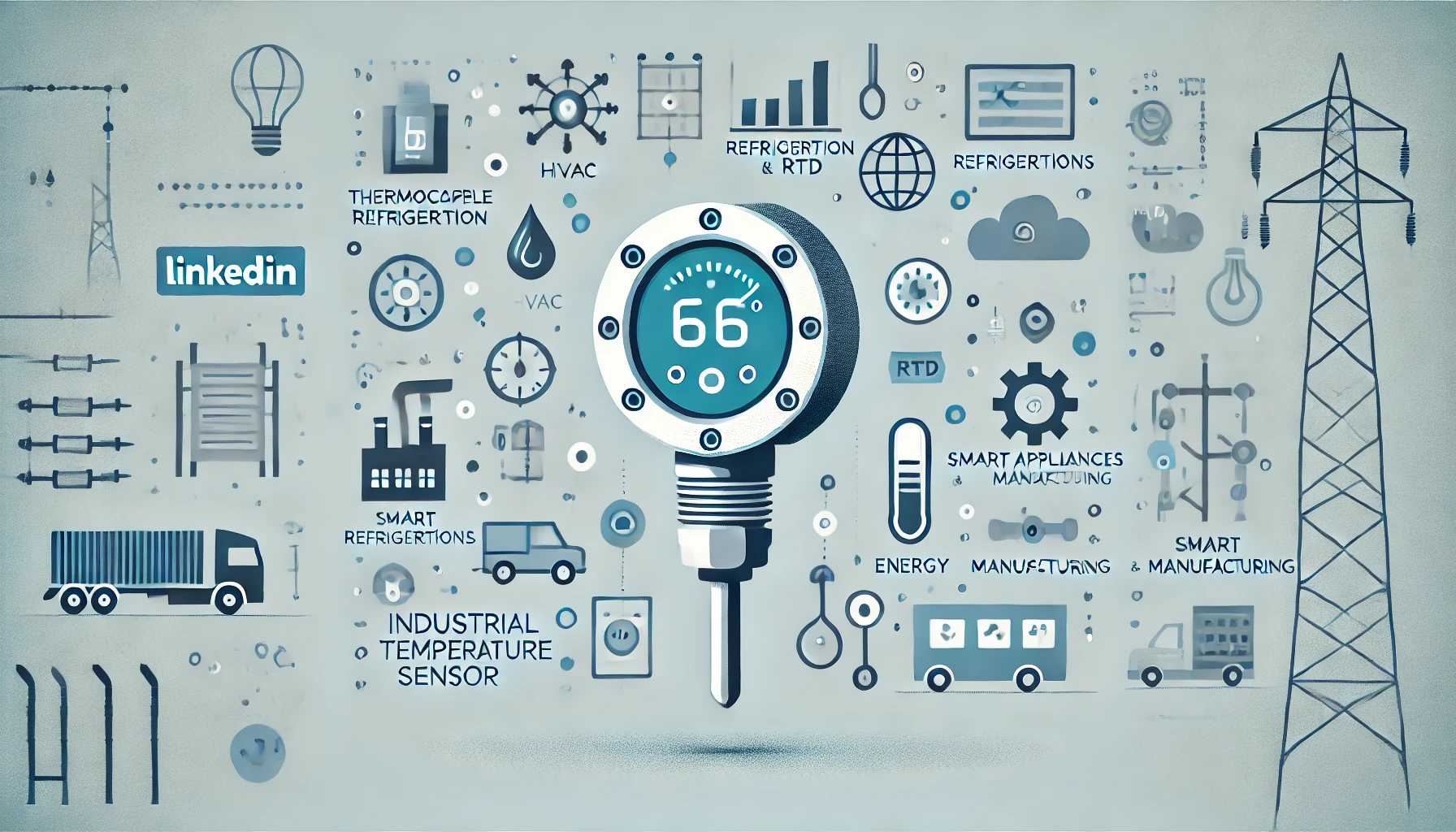Introduction:
When it comes to temperature sensors, whether for household appliances, automotive applications, medical devices, or BBQ probes, selecting the right sensor and ensuring proper installation and maintenance are crucial. In this comprehensive guide, we’ll explore key considerations and best practices for choosing, installing, and maintaining temperature sensors to meet your specific needs.
Choosing the Right Temperature Sensor:
Types of Sensors: Understand the different types of temperature sensors available, including thermocouples, RTDs, thermistors, and infrared sensors, to determine which best suits your application.
Accuracy and Precision: Consider the required accuracy and precision of temperature measurements for your application, as different sensors offer varying levels of accuracy.
Operating Conditions: Evaluate the operating conditions, such as temperature range, environmental factors, and compatibility with the target material, to ensure the selected sensor can withstand the intended environment.
Cost and Budget: Balance the cost of the sensor with your budget constraints, considering both upfront costs and long-term maintenance expenses.
Installation Guidelines:
Proper Placement: Position the temperature sensor in the optimal location to accurately measure the desired temperature, avoiding areas with potential interference or temperature gradients.
Calibration and Calibration Period: Calibrate the sensor before installation to ensure accurate readings, and establish a regular calibration schedule based on the sensor’s stability and usage conditions.
Mounting Techniques: Choose appropriate mounting techniques, such as direct contact, immersion, or non-contact methods, depending on the application requirements and sensor type.
Wiring and Connections: Follow manufacturer recommendations for wiring and connection procedures, ensuring secure connections and proper insulation to prevent signal interference or electrical hazards.
Maintenance Tips:
Regular Inspection: Conduct routine inspections of temperature sensors to check for signs of damage, corrosion, or wear, and promptly address any issues to prevent performance degradation.
Cleaning and Care: Clean temperature sensors regularly using recommended cleaning agents and methods to remove contaminants and maintain accuracy.
Calibration Verification: Periodically verify sensor calibration to ensure ongoing accuracy and reliability, especially in critical applications where temperature measurement accuracy is paramount.
Documentation and Records: Maintain detailed records of sensor installation, calibration, and maintenance activities, including dates, procedures, and any observed deviations, to facilitate traceability and troubleshooting.
Conclusion:
By following these guidelines for temperature sensor selection, installation, and maintenance, you can optimize the performance and longevity of your sensors across various applications, from household appliances to automotive systems, medical devices, instrumentation, and BBQ probes. Stay informed and proactive in managing your temperature sensing needs to ensure accurate and reliable temperature measurements in any environment.





